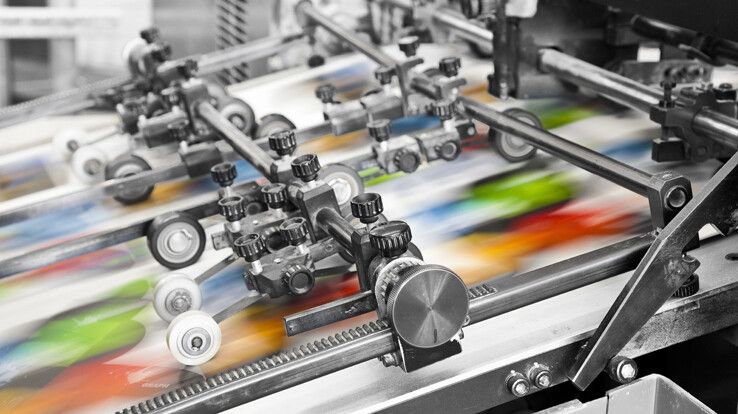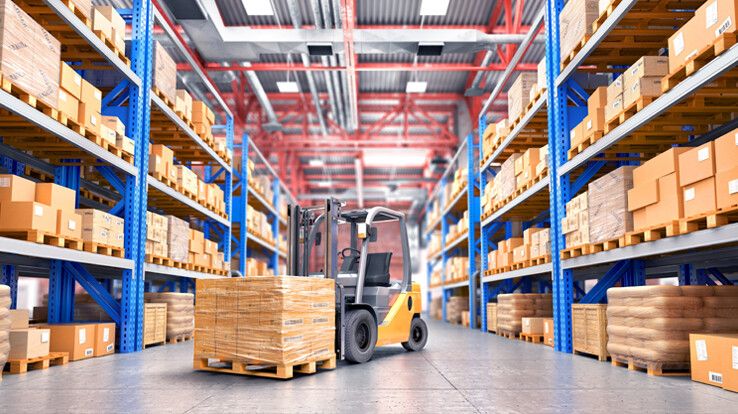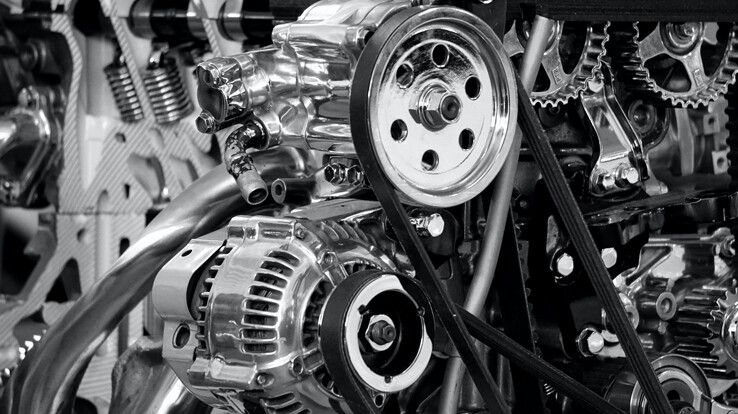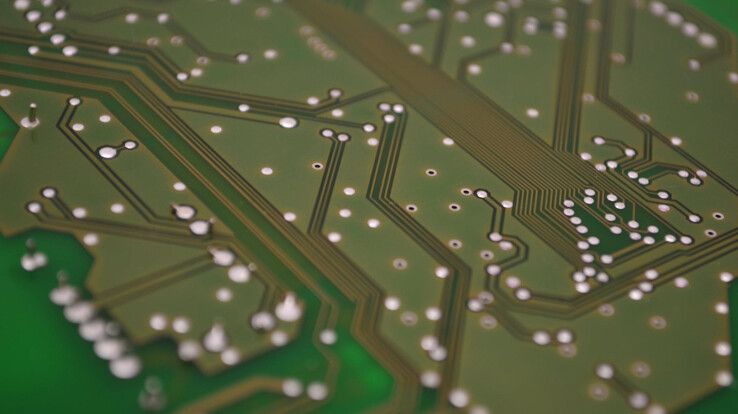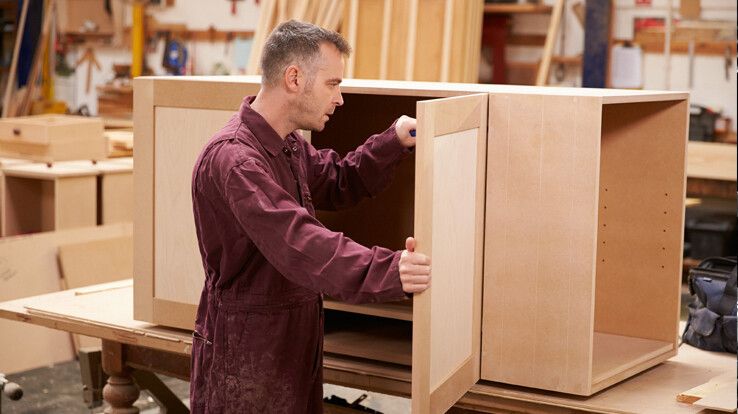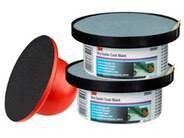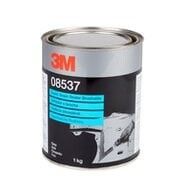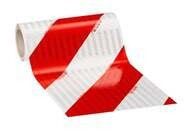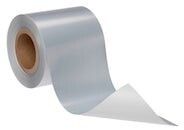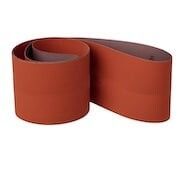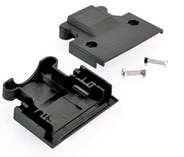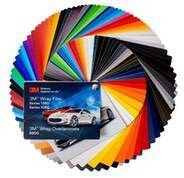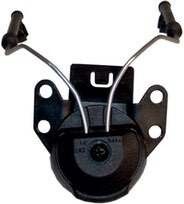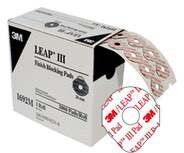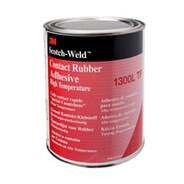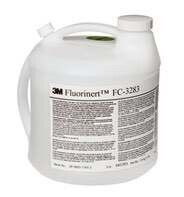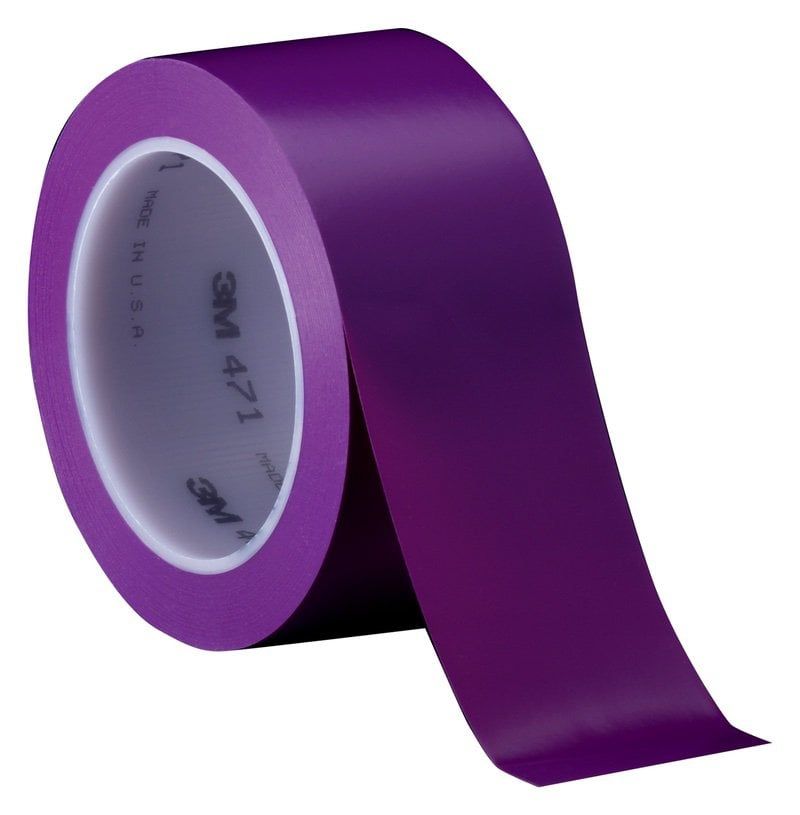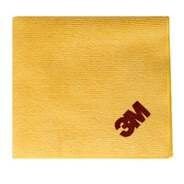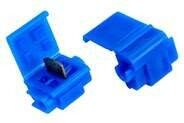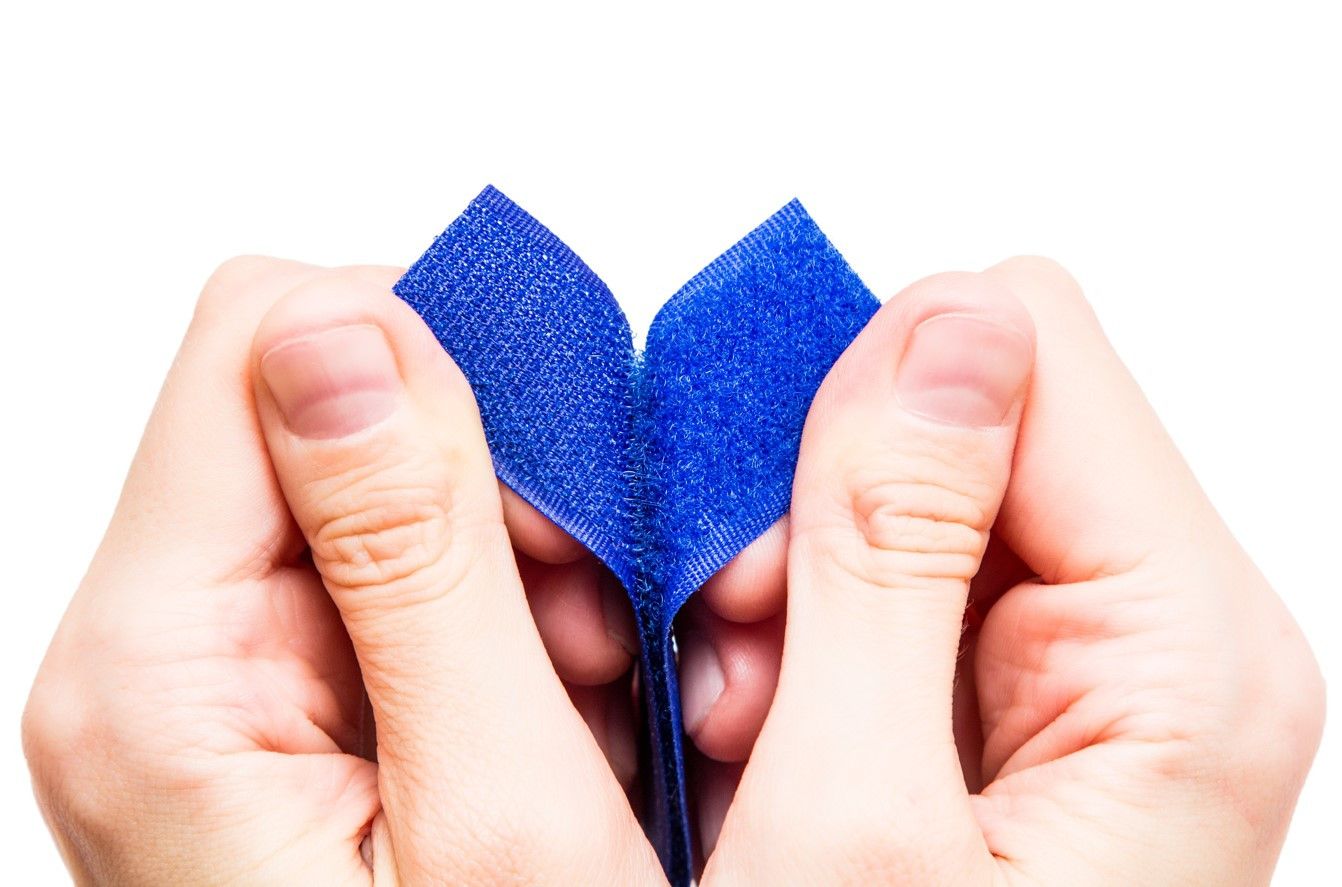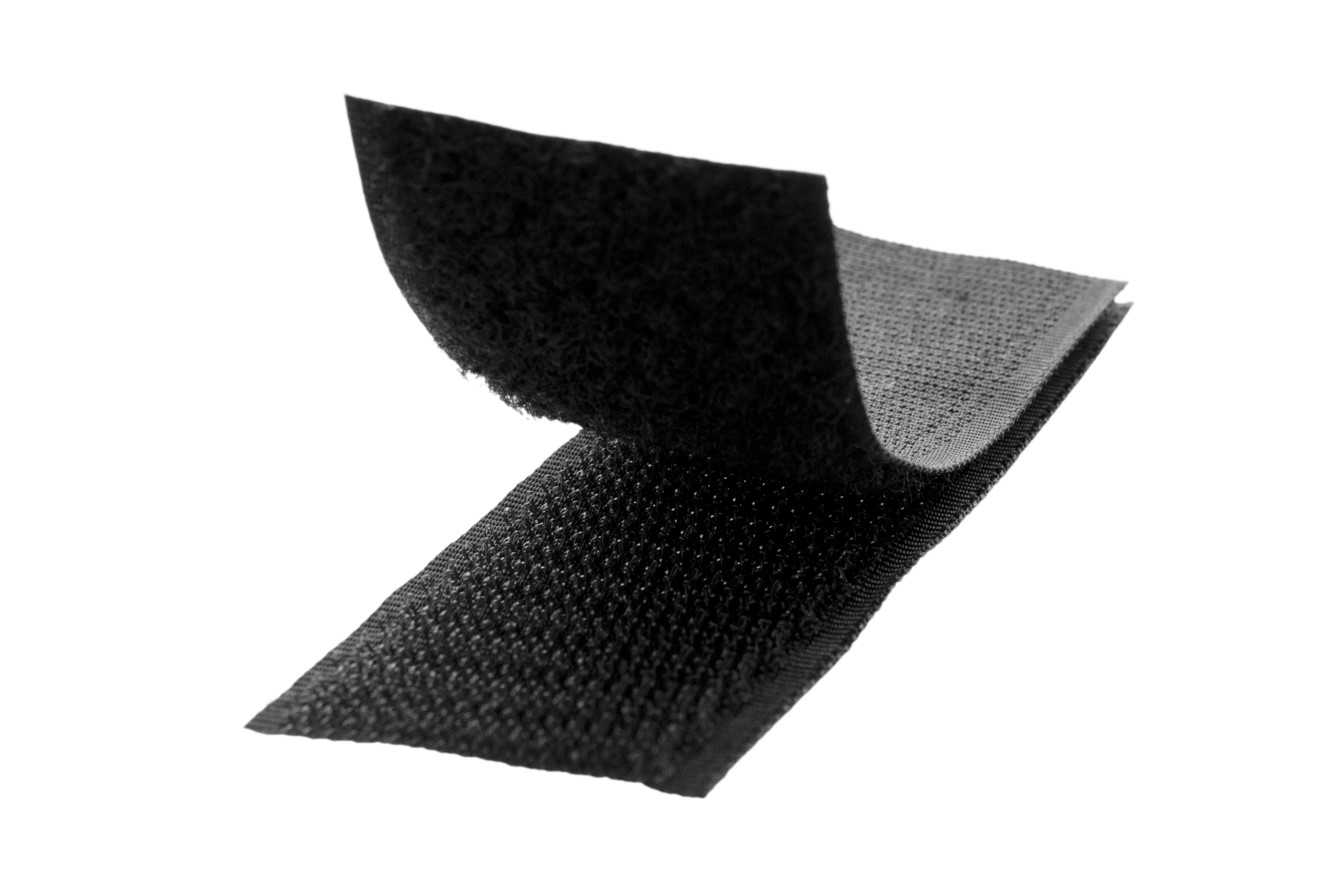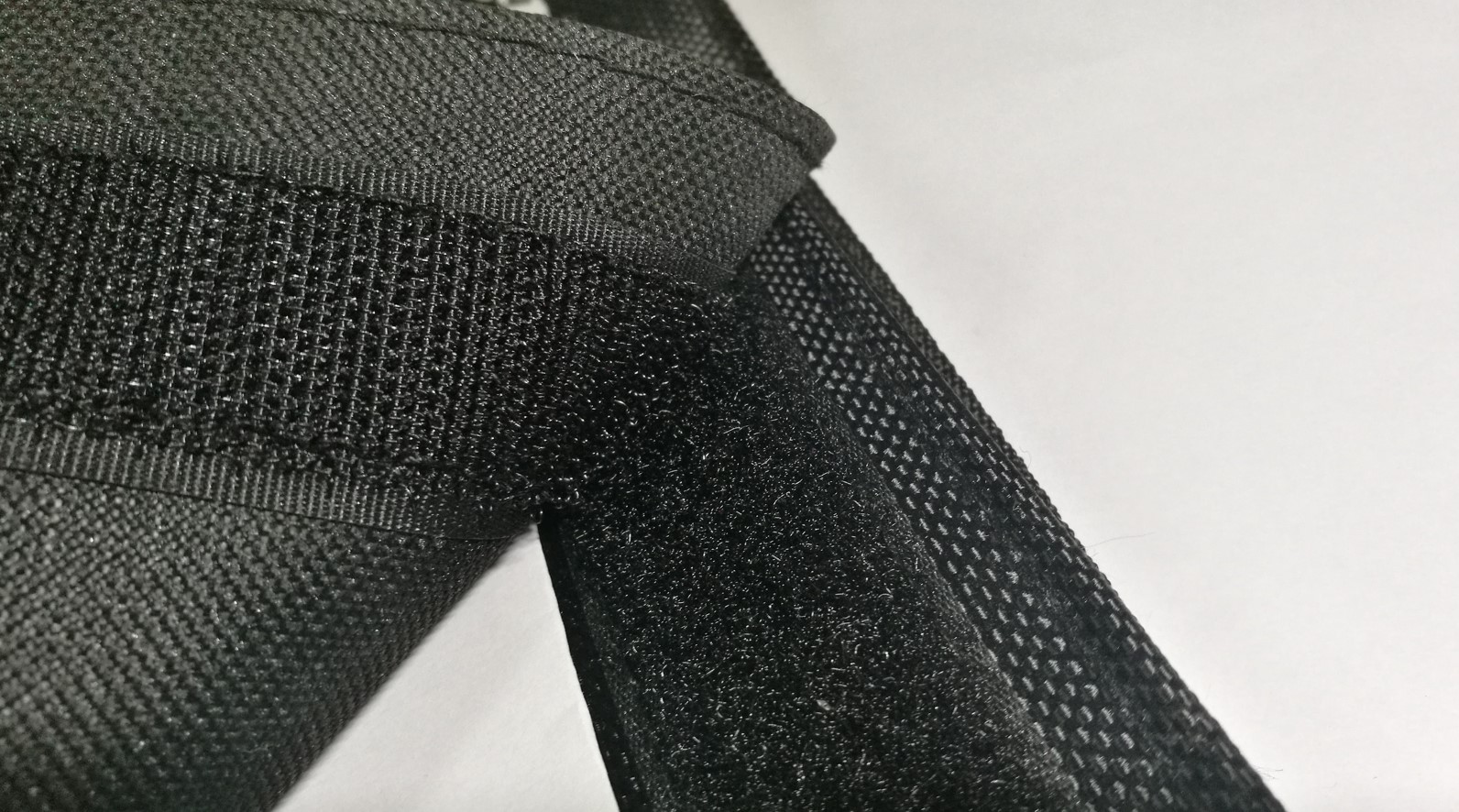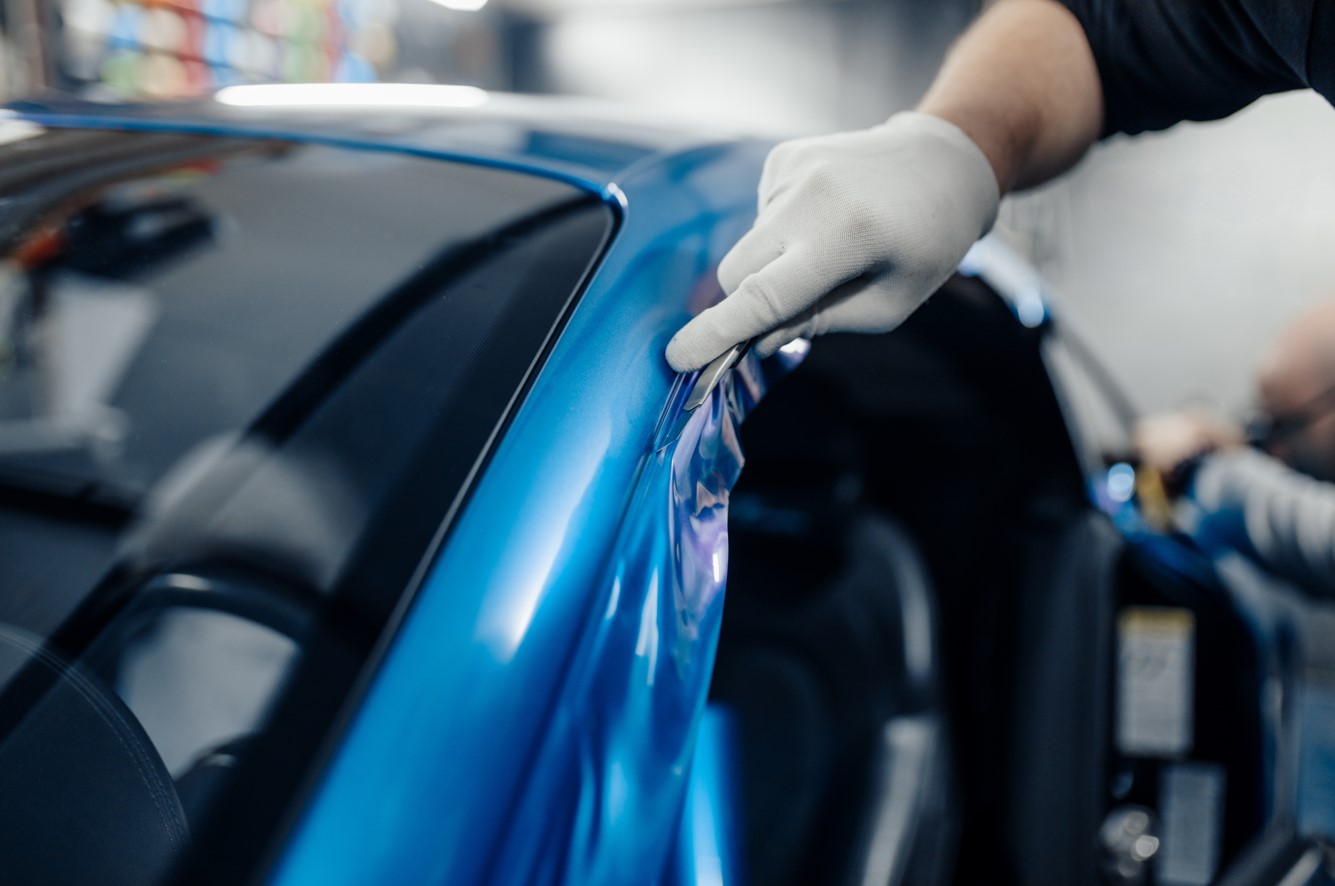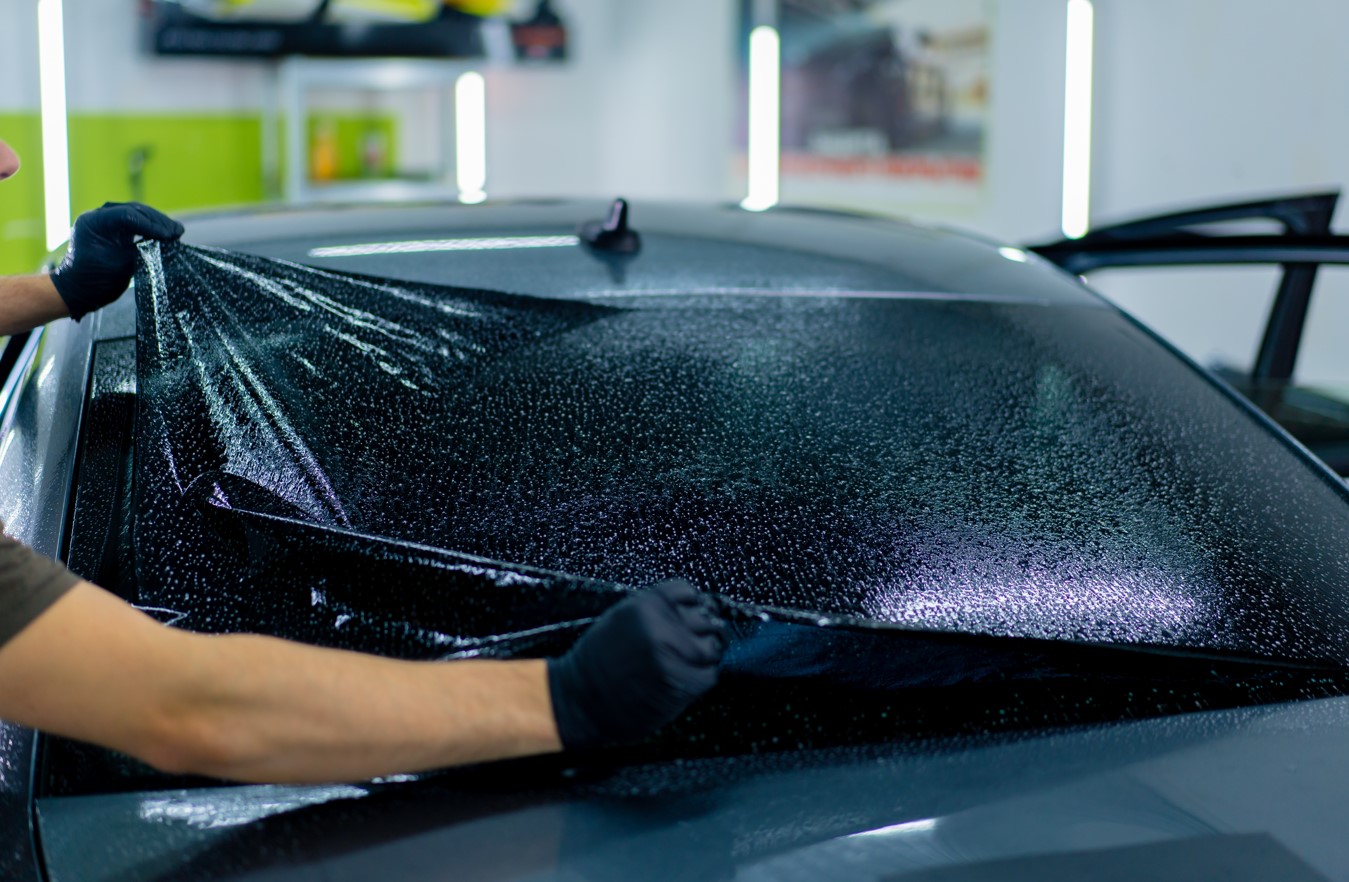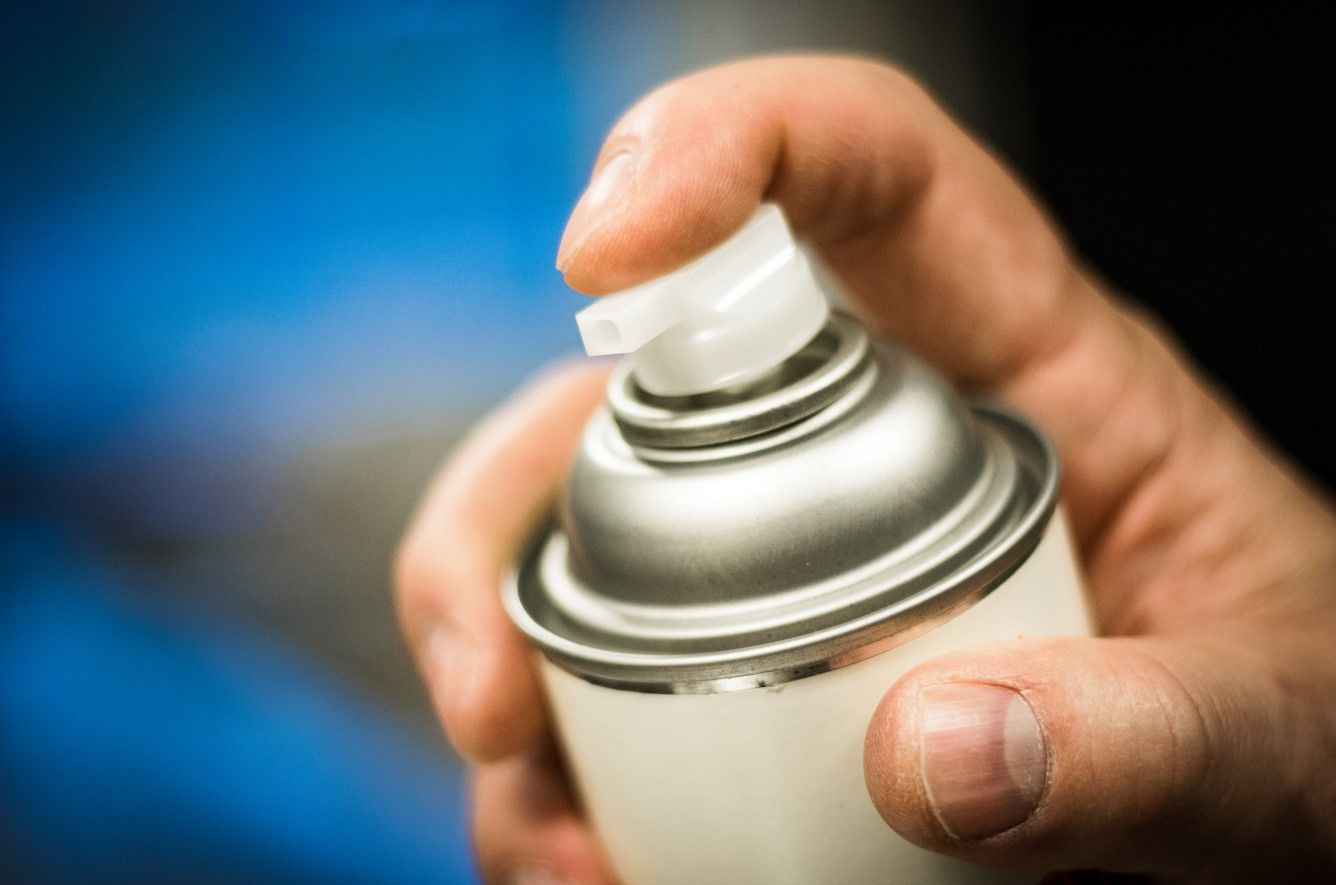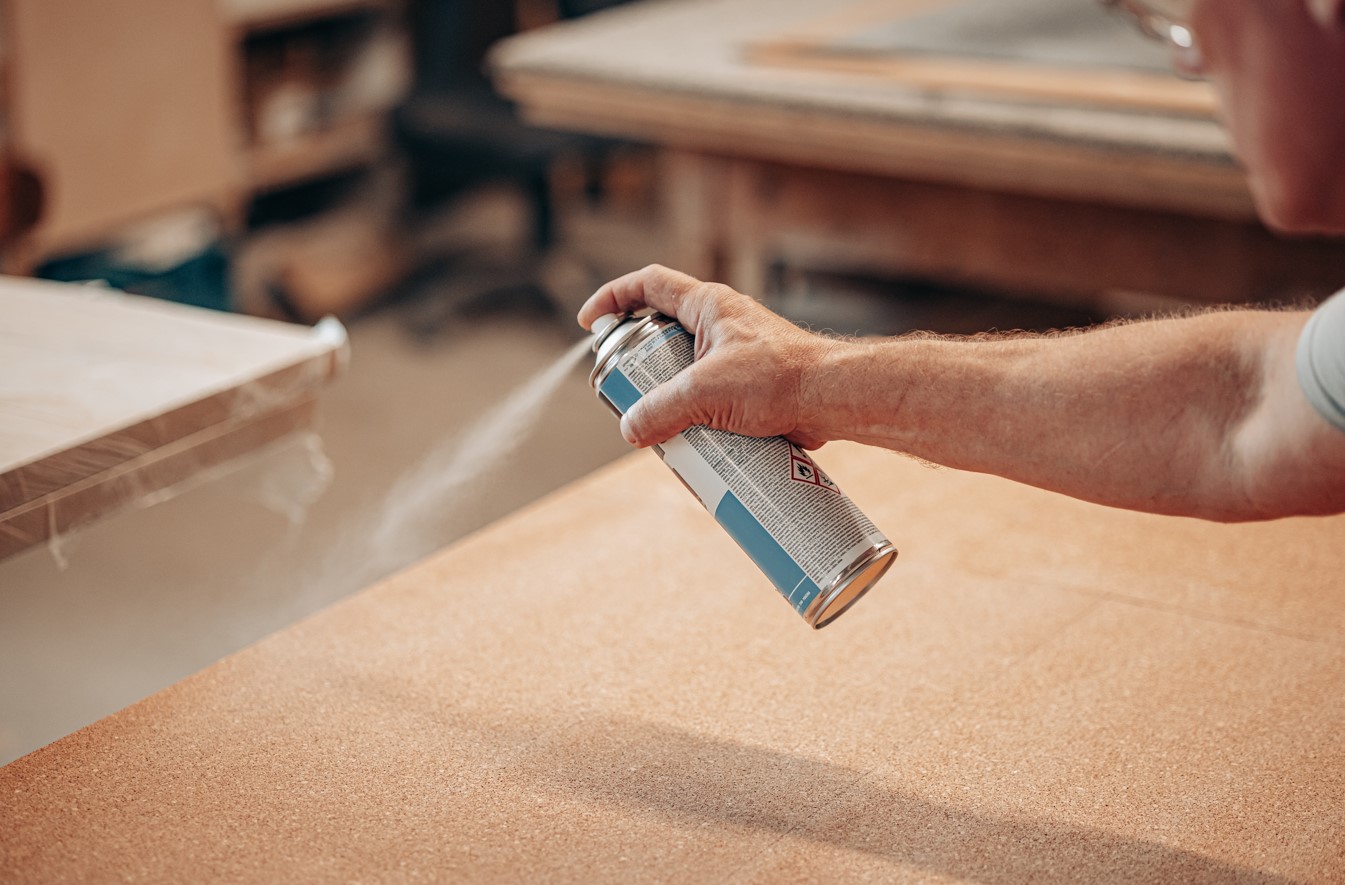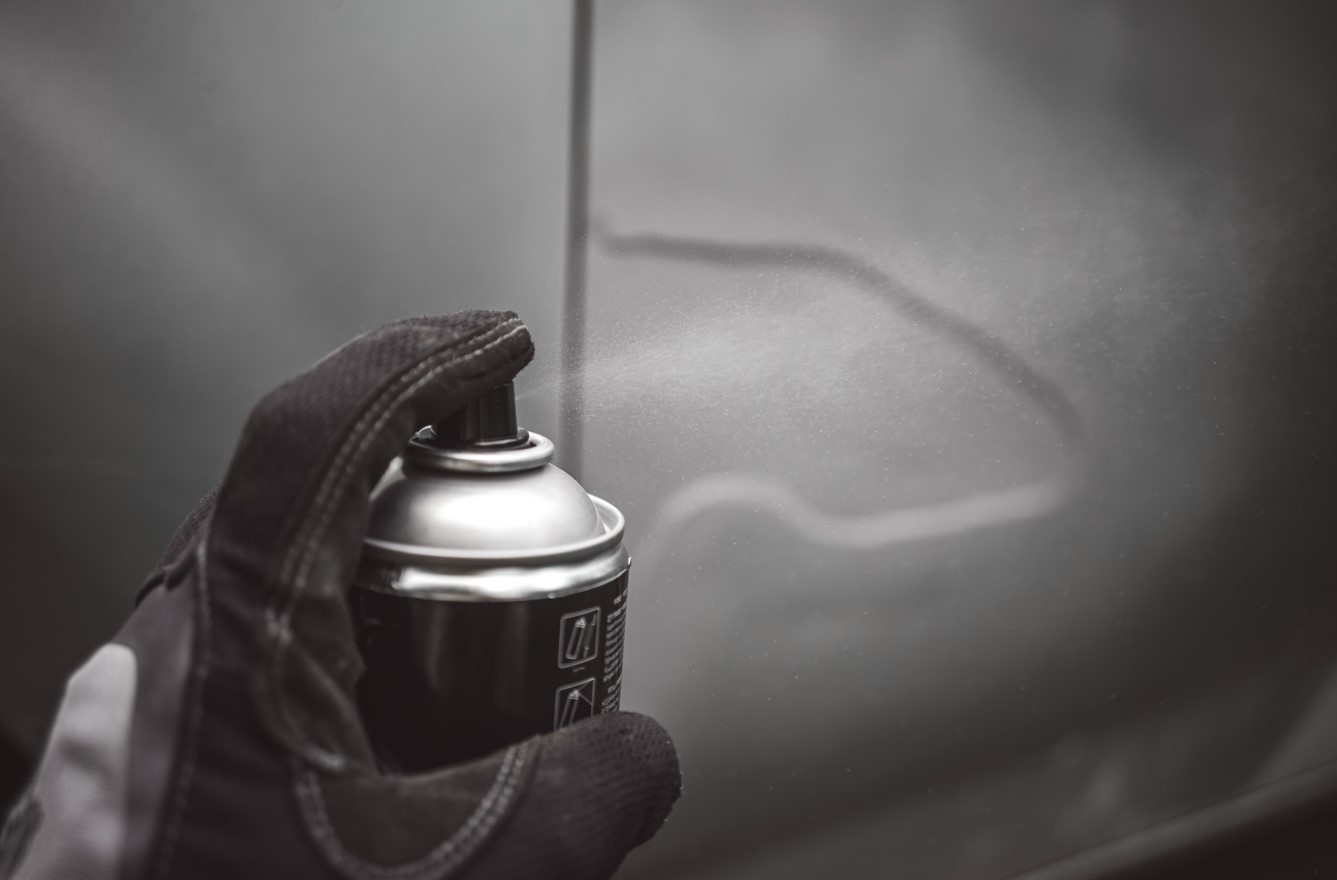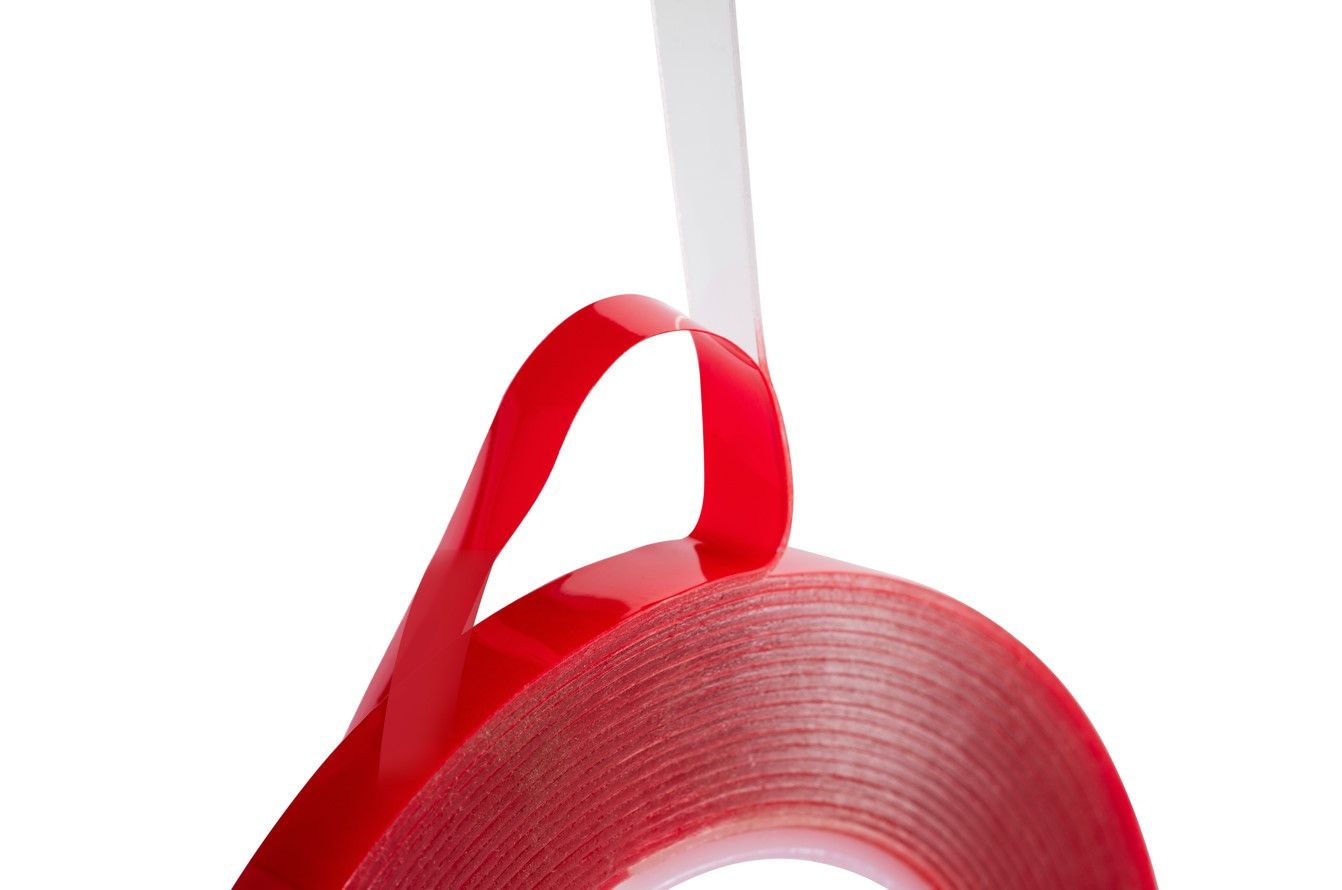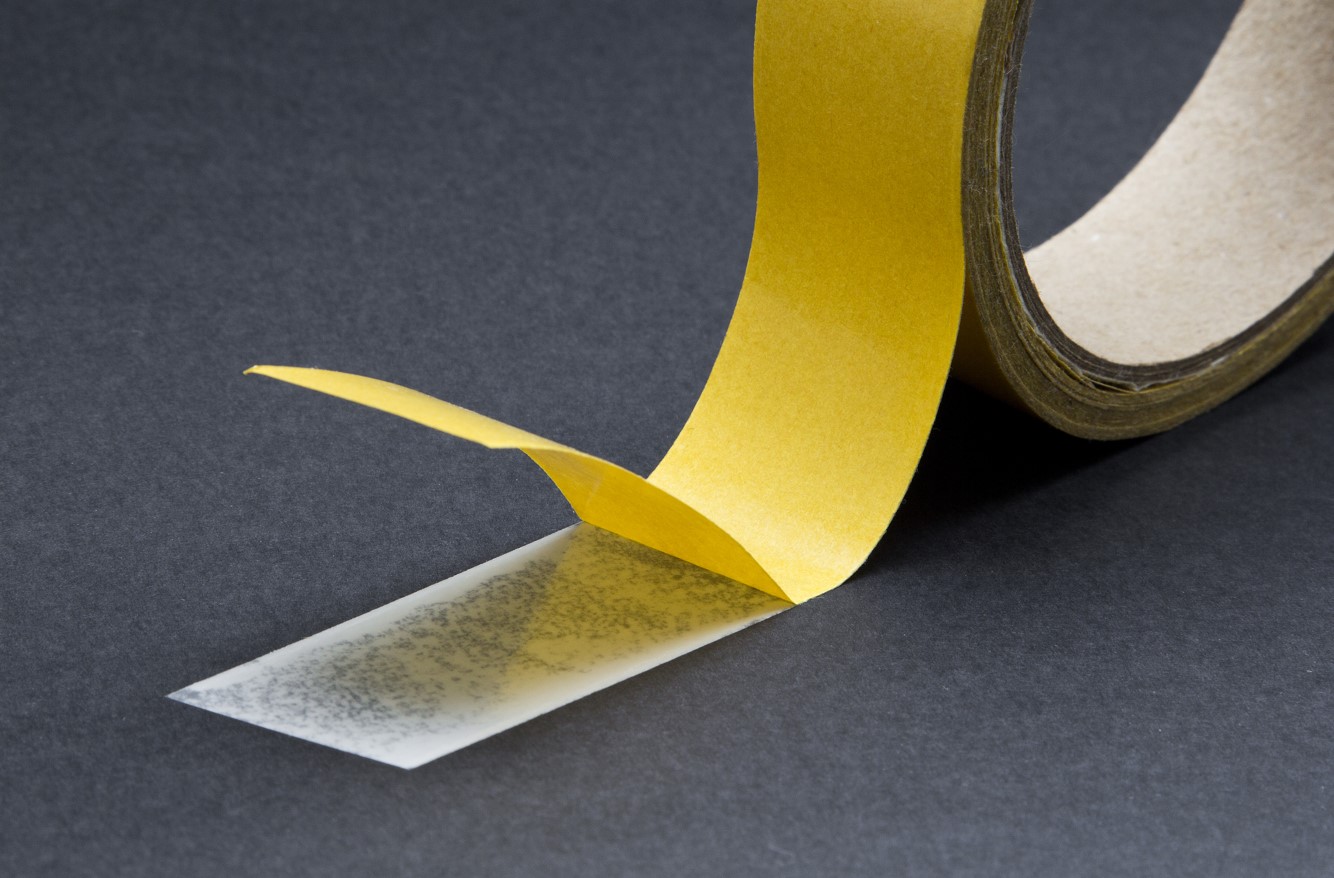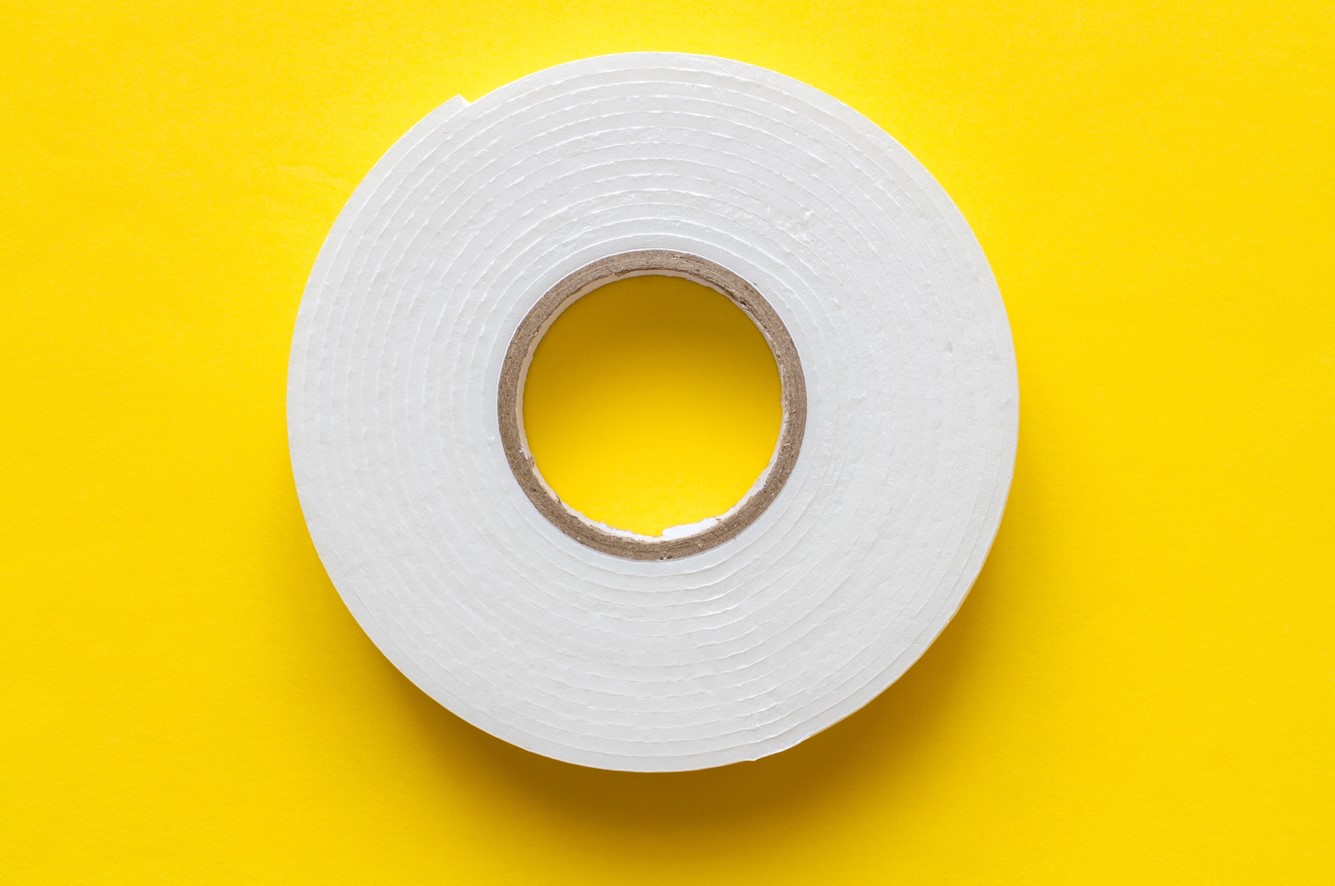Innovation in Fastening: 3M Reclosable Fastener
The 3M reclosable fastener is a revolutionary solution that has transformed both domestic and industrial fastening tasks. This self-adhesive and resealable fastening system offers a quick, durable, and clean alternative to traditional screws, nails, or adhesives. Whether organizing cables, mounting digital displays on walls, or temporarily placing decorative elements, this reclosable fastener adapts to any situation. Furthermore, 3M technology ensures a strong hold even after numerous opening and closing cycles, providing a removable bond that leaves no marks and does not damage the surface.
Why is the 3M Reclosable Fastener Special?
The market offers many types of reclosable fasteners, but few achieve the quality and long-term reliability of the 3M reclosable fastener. With decades of experience in industrial fastening technologies, the brand's expertise is evident in this innovative solution.
Key Advantages of the Product:
- Available in heavy-duty versions capable of holding weights of 7+ kg
- Durable self-adhesive surface that adheres well to various materials such as metal, plastic, or wood
- Suitable for both indoor and outdoor use, featuring a weather-resistant design
- Resealable multiple times, enduring thousands of opening and closing cycles
Compatible Surfaces
3M reclosable fastening systems are compatible with numerous materials. Their pre-applied adhesive backing allows for quick and tidy application without the need for a glue gun or other tools.
Most Common Surfaces:
- Glass and plexiglass
- Metal, aluminum, steel
- Plastic panels
- Wood and MDF boards
- Textiles or foam materials
It's crucial that the surface is dust- and grease-free before adhesion, especially for porous materials.
Designed for Industrial Strength Solutions
In industrial environments, reliability is of paramount importance. The 3M reclosable fastener shines in such scenarios. The heavy-duty versions are specifically developed for applications where strong holding is necessary, but removability is also needed.
Typical Industrial Applications:
- Mechanical assembly: temporary fixation of panels or covers
- Vehicle decoration: mounting advertising boards, LED panels
- Exhibition systems: quick installation, removable without leaving a trace
- Mounting of electronic components
In these situations, the adhesive's role is vital – reliability is non-negotiable.
The Home and DIY Projects Star
The 3M reclosable fastener is ideal not only for industrial use but for home applications too. Its resealable design allows you to easily remove and reposition attached items without damaging walls or furniture.
Popular Home Uses:
- Wall-mounting remote controls or routers
- Decorating with children's artwork and posters
- Organizing cables or extensions
- Temporarily holding bathroom shelves
- Placing kitchen tools on walls or cabinet doors
In such cases, the practicality of the reclosable fastener is just as important as providing a removable bond – items can be detached and repositioned at any time.
Tips for Long-Lasting Bonding
For optimal performance, it's worthwhile to follow a few basic rules during application. Although the product is easy to use, details matter.
Steps for Effective Application:
- Clean the surface with a dry, alcohol-based wipe
- Firmly press the adhesive side
- Let it rest for 1 hour before loading
- Avoid frequently opening and closing within the first 24 hours
Following these steps will ensure the reclosable fastener maintains its adhesive power and strong hold over the long term.
Whether in industrial applications or at home, the 3M reclosable fastener is one of the most versatile, strongest, and most practical fastening systems available today. The resealable, high-load-bearing design is suitable for nearly any task requiring quick and clean removable bonding.
Thanks to professional technology, this seemingly simple tool goes far beyond the classic reclosable fastener. If you're looking for a durable and reliable fastening solution, it's definitely worth trying the 3M system – simple, effective, and performs expertly in everyday situations.
Products from Flanker to consider:
The 3M Dual Lock adhesive reclosable family offers high-performance solutions for industrial applications where a strong yet removable bond is needed.
- The black SJ3540 (25 mm x 45.7 m) type, with its rubber-based adhesive, adheres excellently to low surface energy materials, such as plastics or powder-coated surfaces, making it a perfect choice for flexible and resealable fastening systems.
- The SJ3550, also in black and of the same size, is made with acrylic adhesive, providing broader temperature tolerance and suitable for outdoor use.
- For those requiring design-oriented or invisible fastening, the translucent SJ3560 version (25 mm x 2.5 m) is ideal, especially for glass or light-transmitting materials.
- The SJ4570, an extremely thin-profile, transparent design (16 mm x 45.7 m), is useful when a reliable, yet aesthetically pleasing, reclosable fastener is needed in tight or decorative spaces.
- The classic SJ352D features black reclosable sides (25 mm x 5 m), providing both components needed for the reclosable function, creating a simple and clean strong hold.
Each of these products offers high-quality, resealable, and heavy-duty solutions for both household and professional fastening purposes. Additional products can be viewed on our website: https://flanker.hu/en/.
- Hits: 97


